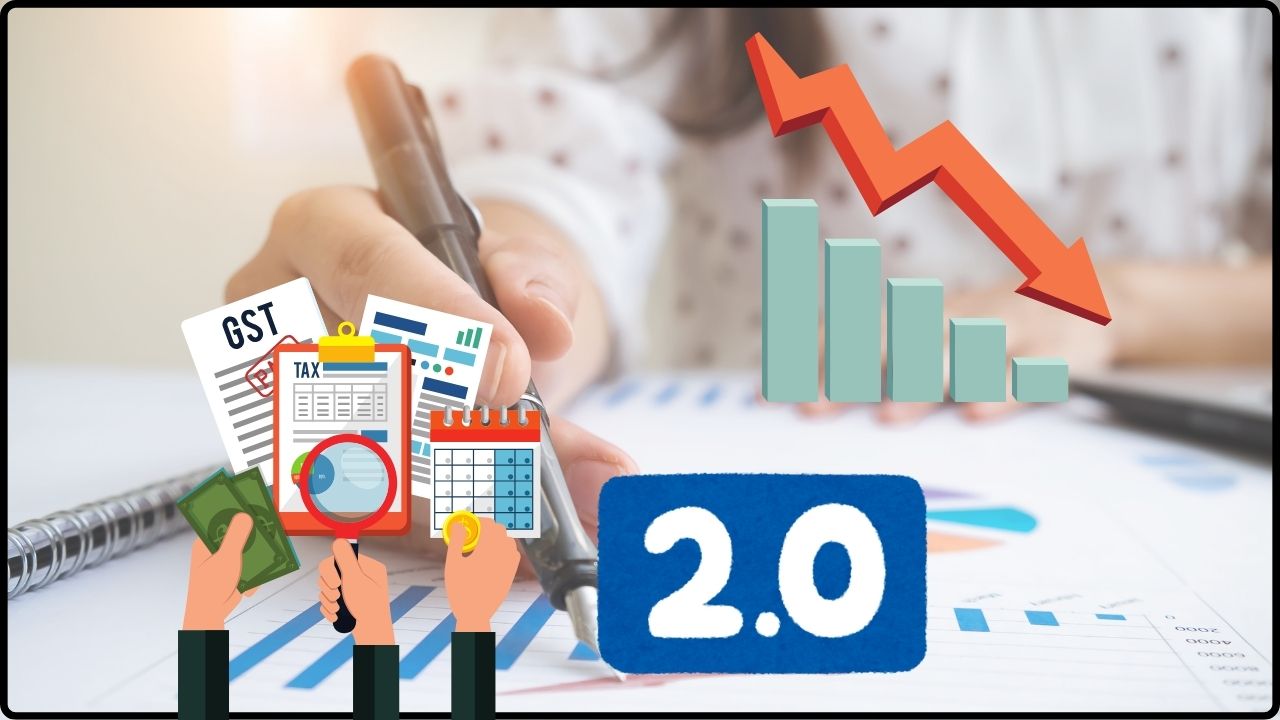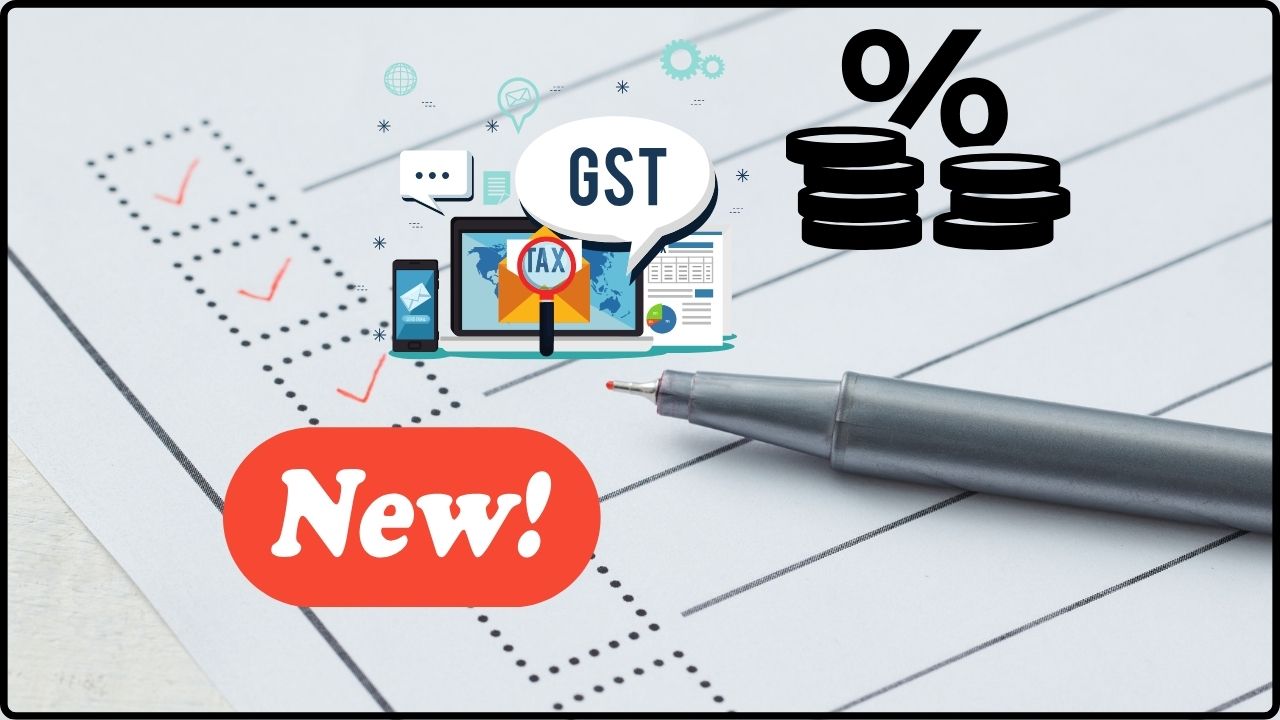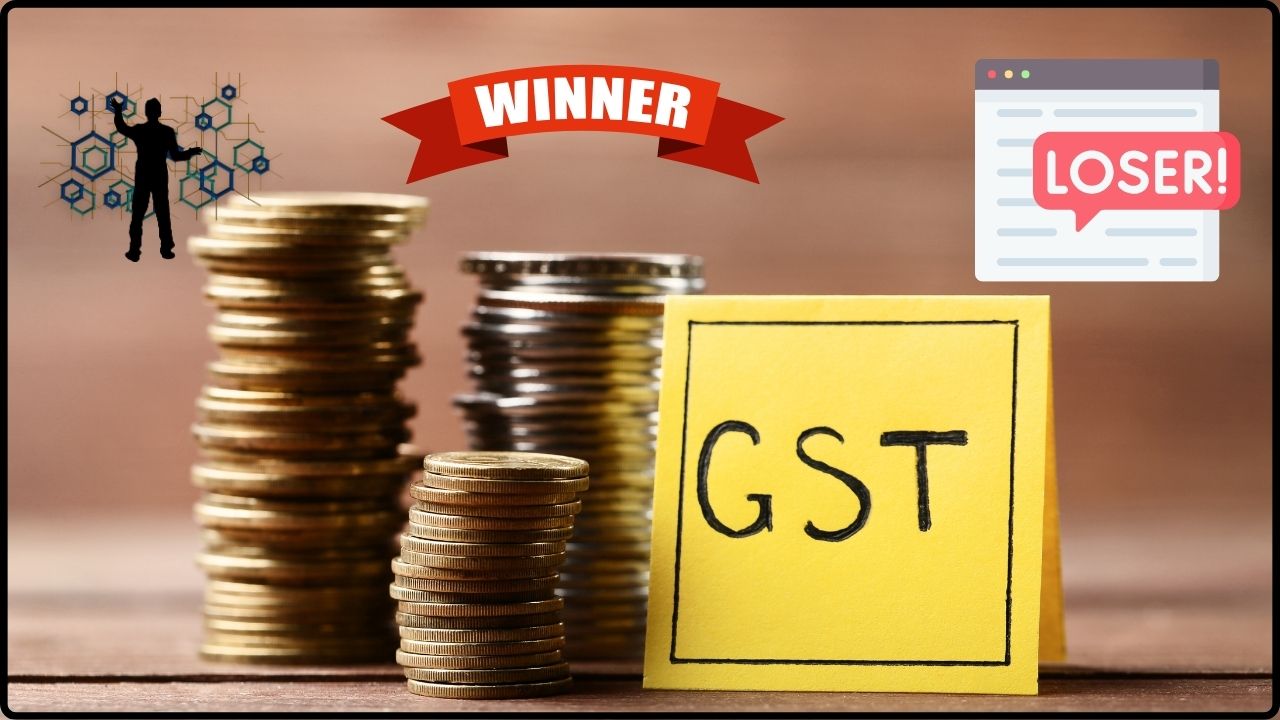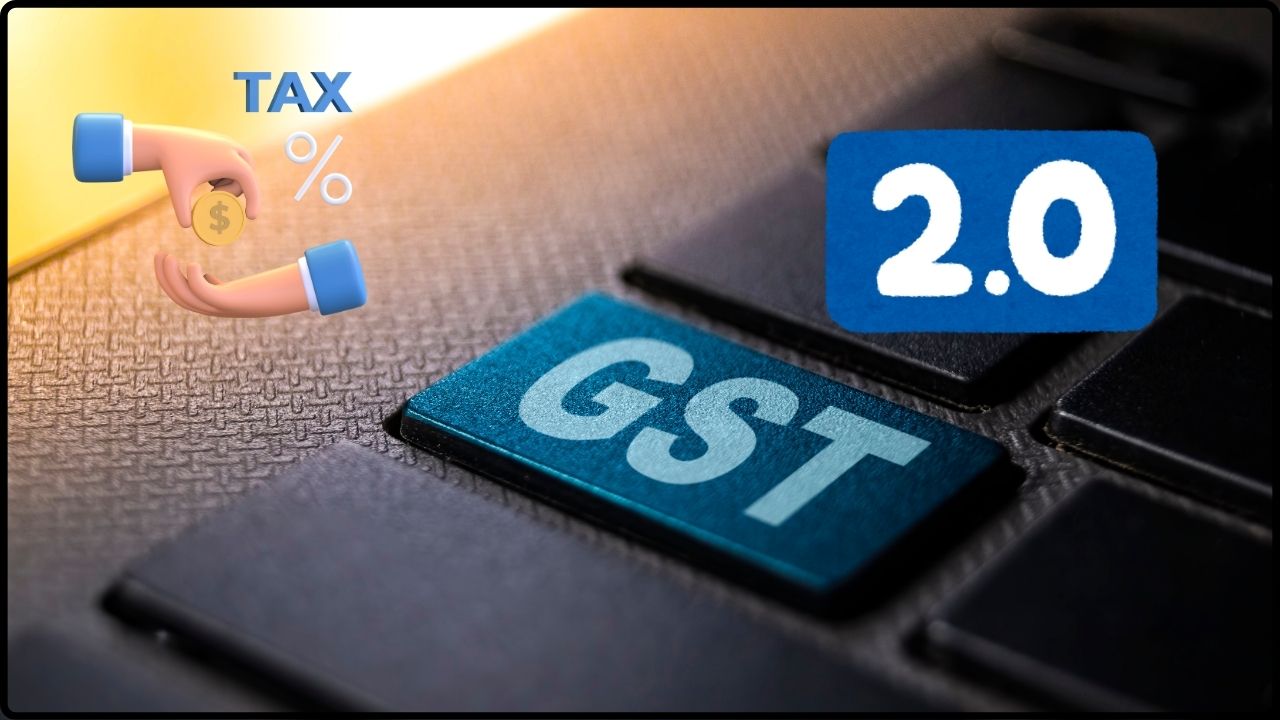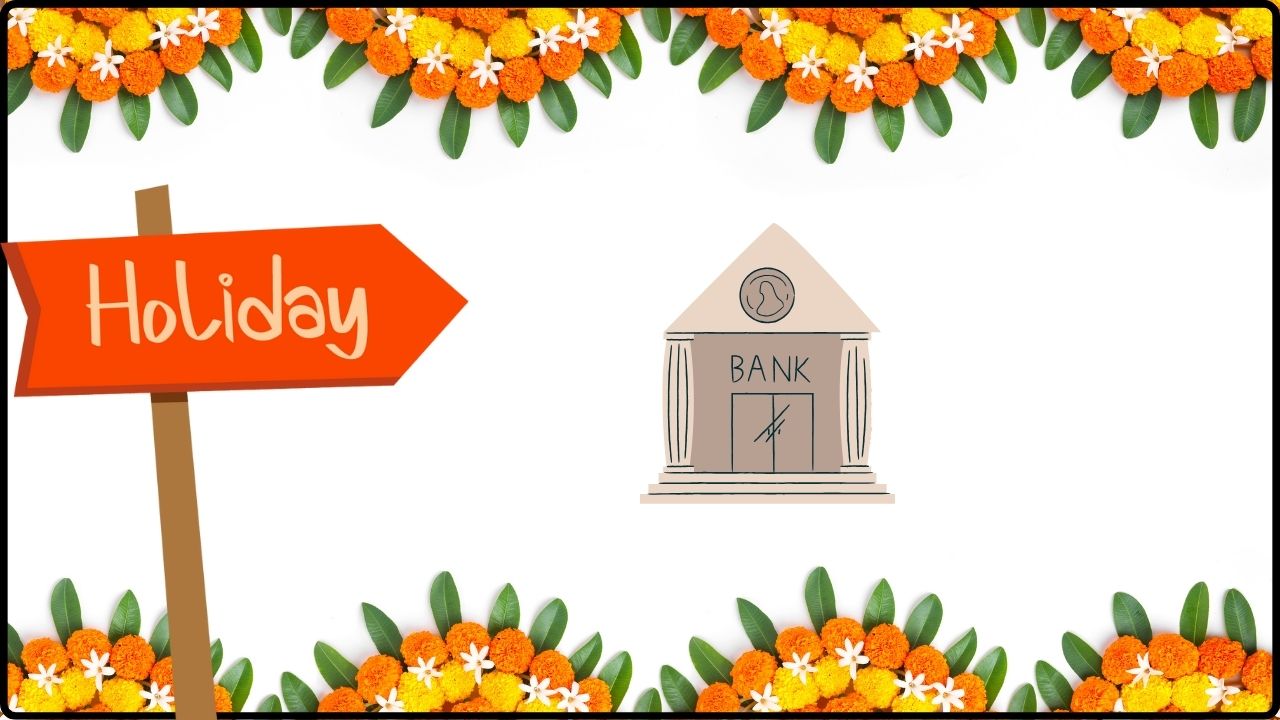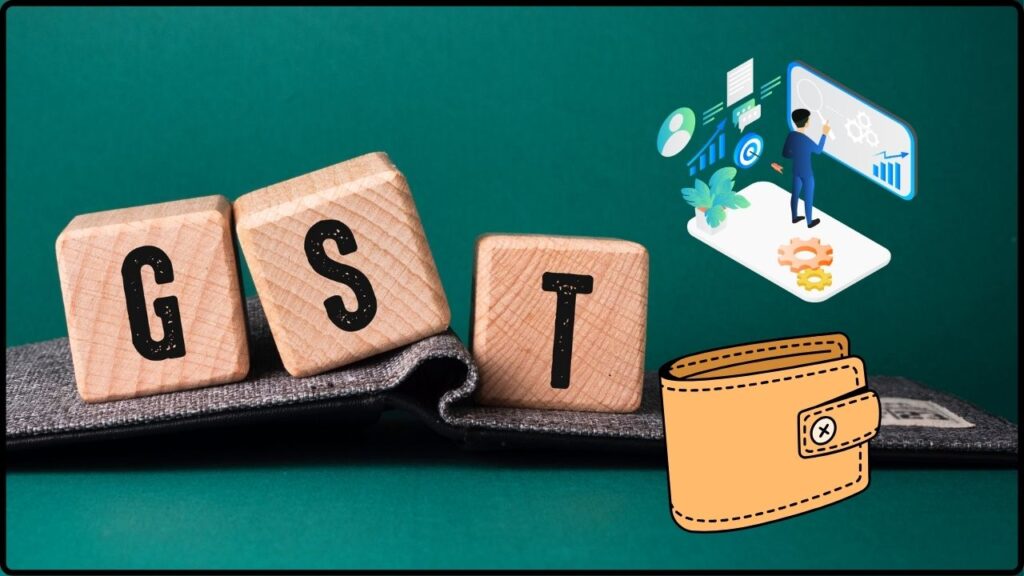
New GST Regime Incoming: When we talk about taxes, most Americans think of sales tax at the checkout counter or federal income tax in April. But in India, the Goods and Services Tax (GST) is a one-stop tax system covering almost everything you buy or sell. And right now, India is rolling out a new GST regime incoming, and it’s a big deal. The GST Council of India recently decided to simplify the system into just two slabs—5% and 18%, plus a 40% “sin tax” for luxury and harmful goods like alcohol, cigarettes, and soft drinks. Imagine if your state’s sales tax suddenly dropped for most essentials, while yachts, Ferraris, and energy drinks got a tax hike—that’s basically what’s happening in India.
New GST Regime Incoming
The new GST regime incoming is a landmark reform that simplifies India’s taxation from a confusing five-slab system to a clear two-slab structure. Essentials, insurance, appliances, and small cars all get cheaper, while luxury and sin goods see higher taxes. For families, this means more savings on everyday expenses. For businesses, it means simpler compliance and reduced red tape. And for India’s economy, it means higher consumption, lower inflation pressures, and stronger growth potential. Yes, states may worry about revenue, and luxury markets will feel the pinch. But overall, GST 2.0 is a consumer-friendly reform with far-reaching benefits.
| Category | Old GST Rate | New GST Rate | Impact on Wallet | Reference |
|---|---|---|---|---|
| Essentials (food, toiletries) | 12–18% | 5% | Cheaper groceries & daily needs | GST Council Official |
| White goods (appliances) | 28% | 18% | Lower prices for TVs, ACs, fridges | Reuters |
| Insurance (life & health) | 18% | 0% | No GST on premiums | Financial Express |
| Small cars & motorcycles | 28% | 18% | Affordable entry-level vehicles | Indian Express |
| Luxury cars, soft drinks | 28% | 40% | Costlier splurges & sodas | Hindustan Times |
A Quick Look Back: How GST Started
Before 2017, India had a maze of taxes—state VATs, central excise duties, service tax, and more. It was like paying one tax in Texas, another in New York, and then a separate federal tax on top. That’s why India launched GST in 2017 to unify everything.
The idea was simple: one nation, one tax. But with five slabs (0%, 5%, 12%, 18%, 28%), complexity returned. Businesses struggled, consumers were confused, and compliance became a headache. The new two-slab GST 2.0 is meant to fix that by cutting clutter and making life easier.
What Gets Cheaper?
Essentials and FMCG
Products like butter, cheese, biscuits, shampoo, soap, and even bicycles move into the 5% slab. This is like walking into Walmart or Costco and finding that the tax on your household basket is suddenly slashed.
Healthcare and Agriculture
Medical oxygen, diagnostic kits, bandages, and fertilizers shift to 5%. For a country where healthcare costs strain families, this is a direct relief. Farmers too save money on inputs, improving margins.
Appliances and Electronics
ACs, TVs, dishwashers, and washing machines drop from 28% to 18%. That’s a huge incentive for middle-class households to finally make those long-delayed upgrades.
Automobiles
Small cars and motorcycles under 350cc drop from 28% to 18%. Hybrid and electric vehicles remain at 5%, continuing the green push. This could boost auto sales just as the festive season begins.
Insurance and Wellness
Here’s the showstopper—life and health insurance premiums are now tax-free (0% GST). Gyms, salons, and yoga centers fall to 5%. In a country where insurance penetration is low, this could push more people to buy coverage.
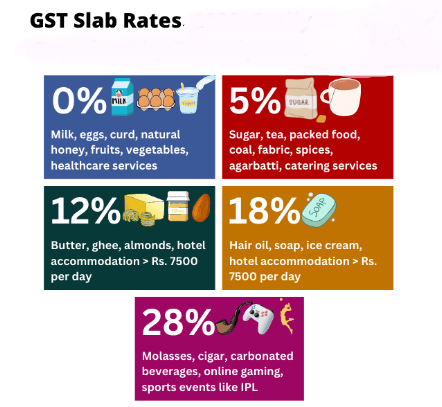
What Gets Costlier?
- Soft drinks, energy drinks, and colas → jump to 40% GST.
- Luxury cars, sports bikes, yachts, and jets → also at 40%.
- Some high-end fashion and imported luxury goods will also feel the heat.
The message is clear: if it’s bad for your health or falls in the “luxury indulgence” bucket, you’ll pay more.
Real-Life Impact Examples
- Middle-Class Family: Suppose their monthly grocery bill is ₹10,000 ($120). With essentials shifting from 12–18% to 5%, they could save up to ₹800–1,000 monthly. Insurance premiums also go tax-free, saving ₹5,000–₹10,000 annually.
- College Student: A motorcycle priced at ₹1.2 lakh ($1,450) drops nearly ₹10,000 in taxes. Gym membership at ₹1,000 a month now saves ₹130 monthly.
- Small Business Owner: With fewer slabs, invoicing and compliance become easier. They spend less time juggling tax codes and more time growing their business.
Why India Did This: Government Rationale
The government has three main goals:
- Boost Consumption: Lower taxes on essentials encourage people to buy more.
- Simplify Compliance: Fewer slabs mean fewer disputes, audits, and errors.
- Improve Global Image: India wants to align with international best practices like the EU’s VAT, which usually has two or three slabs.
Global Comparisons
- United States: Each state sets sales tax, ranging from 0% in Oregon to 7.25% in California, with local add-ons. No national uniformity.
- European Union: VAT often has two rates—for example, Germany has 7% and 19%.
- India’s Move: By moving to two slabs plus a sin tax, India is now closer to the European VAT model, which is simpler and globally trusted.
The Upside
- Consumer Savings: Cheaper groceries, insurance, and appliances.
- Economic Growth: Auto, FMCG, and consumer durables sectors likely to see a sales boom.
- Inflation Control: Lower taxes on essentials could help stabilize inflation.
- Compliance Ease: Businesses spend less on accountants and audits.
The Challenges of New GST Regime Incoming
- Revenue Risks: With essentials taxed less, states might earn less revenue. The government is betting that higher sales will balance this out.
- Adjustment Period: Businesses must update billing software, train staff, and re-price goods.
- Luxury Sector Hit: High-end auto and fashion markets may see slower demand.
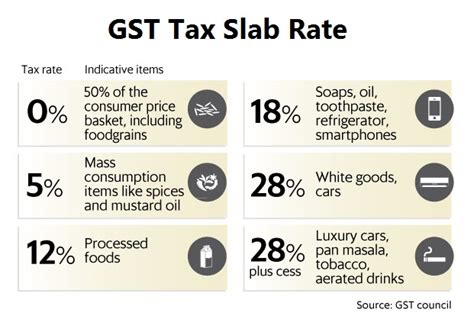
What Experts Say?
Economists at leading think tanks have praised the move as “pro-consumer,” but warn that state revenues need monitoring. Business chambers like CII and FICCI have welcomed the simplification, noting it will likely boost investment and consumption.
Long-Term Outlook
- Consumer Behavior: Families may shift more spending toward insurance and home upgrades.
- Business Climate: Small and medium businesses benefit most from simplified slabs.
- Global Investors: A simplified GST could make India more attractive for foreign investment.
- State Politics: Expect debates between states and the central government on revenue-sharing.
Practical Tips for Consumers and Businesses
For Consumers:
- Delay buying big-ticket items until after September 22, 2025.
- Revisit your insurance policies—your premiums just became tax-free.
- Watch your soda budget—soft drinks will hit your wallet harder.
For Businesses:
- Update invoicing systems to reflect two slabs.
- Revise contracts and vendor agreements.
- Train staff in new compliance procedures to avoid penalties.
GST Rejig – Household Items Likely To Get Cheaper Soon
GST Overhaul Ahead Of Diwali – Relief For Consumers, Risk For Revenue
Supreme Court Halts ₹273.5 Crore GST Notice Against Patanjali Ayurved

